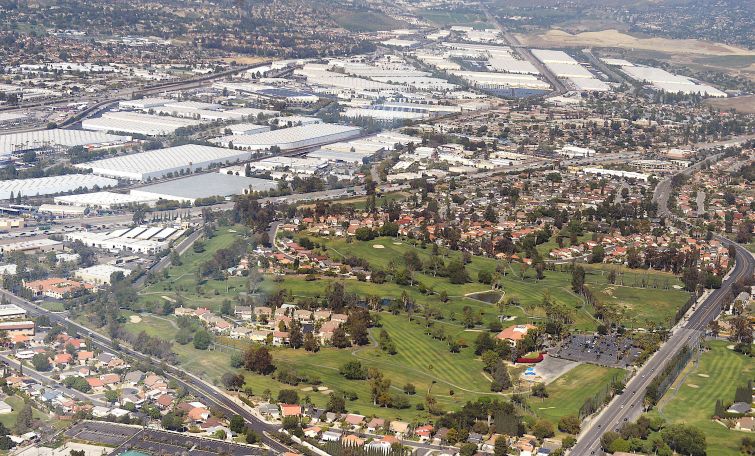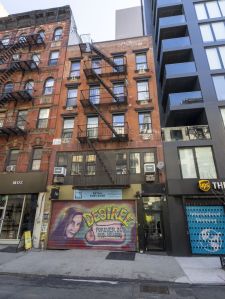Inland Empire Multifamily Market Trails U.S. As Investment Slows to Decade Low
By Greg Cornfield December 21, 2023 6:30 pm
reprints
The multifamily market in Southern California’s Inland Empire is receding in most key metrics after years of consistent growth along with the industrial boom and outmigration trends.
After the first 10 months of the year, rent averages are trending downward and employment growth is softening considerably, while both investment and supply are still down, according to a report from Yardi Matrix released Thursday. Investment sales amounted to $414 million through October, which is the lowest amount in the past 10 years, for a price per unit that is down 14.5 percent compared to last year.
The largest deals of the year so far included Archway Equities paying $150 million, or $389,610 per unit, to GH Palmer Associates for The Paseos at Montclair North; Afton Properties’ $71 million, or $287,500 per unit, for The Hills of Corona; and Convenient Holdings paying $51 million, or $323,718 per unit, for The Landing in Ontario.
Compared to last year, the average rent decreased just 0.4 percent to $2,113 per month, while the U.S. average increased 0.4 percent to $1,718. Also, October marked the fifth straight month the Inland Empire’s growth trailed the U.S., according to Yardi. The Inland Empire’s single-family rental market, however, saw rents increase nearly 4 percent year over year in October to $2,949.
Meanwhile, multifamily development is slowing in San Bernardino and Riverside counties — which make up the Inland Empire — with just 571 units delivered through October, which is equal to less than 0.5 percent of the total inventory. Compare that to the national market, which added 1.8 percent to its total stock over the same period. However, Yardi estimates the Inland Empire will add 1,978 units next year.
Inland Empire unemployment stood at 4.9 percent in September, which is 50 basis points higher than at the start of the year, according to the Bureau of Labor Statistics. That rate is also trailing the national 3.7 percent unemployment rate, and California’s 4.7 percent rate. In the 12-month period ending in August, only 24,400 jobs were added, “heavily lagging the 2.5 percent national average,” according to Yardi.
The Inland Empire’s industrial market, which grew in correlation with the multifamily market, expanded by leaps and bounds over the past decade, with more than 200 million square feet of space added since the start of 2013, according to Yardi Matrix. The trend seems to have slowed in 2023, when fewer than 10 million square feet in industrial construction starts recorded, perhaps indicating a significant change to the foundational growth patterns of the region.
Gregory Cornfield can be reached at gcornfield@commercialobserver.com.


